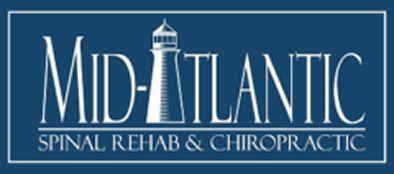Contrast Enhanced MRI Following Baltimore Auto Accidents
As a Baltimore Chiropractor that spends the majority of my time treating auto accident injuries, such as headaches, neck pain, and back pain, it is not unusual for me to treat patients that have extremity injuries as well. Often times a patient’s knee can bash against a dash board or center console, or a shoulder or hip can be injured due to shear forces resulting from a seat or lap belt. Just like with neck and back injuries following Baltimore auto accidents, these injuries are treated conservatively with passive modalities, stretching, and strengthening activities over the course of several weeks to months. If a patient does not improve as quickly as expected, it is not uncommon for me to refer these patients for advanced imaging such as MRI.
As most people are aware, MRI stands for magnetic resonance imaging. It is a form of electromagnetism that helps to three-dimensionally render a patient’s body from the inside. We can look at live anatomy and determine if there is altered morphology or injury. MRIs are considered the gold standard of advanced imaging. There is no radiation to the subject and the images are usually crystal clear.
However, MRIs are not perfect. Some structures do not appear well on standard MRI imaging. In these instances contrast-enhanced MRI may be used to better image a structure. In my daily life as a Baltimore Chiropractor that treats Baltimore auto accident patients, contrast-enhanced MRIs are most commonly used when imaging shoulders and hips.
I recently had a patient that had hip pain following a Baltimore auto accident injury. We had been treating her for a few weeks. Her headaches, neck pain, and lower back pain had been improving with therapy, but her hip remained a daily, constant complaint. I referred the young lady for a hip MRI, with the results being a negative MRI! Clinically it did not make sense. Based on her lack of significant improvement with therapy and her strangely negative MRI, we decided to try a contrast-enhanced MRI study.
Sure enough, we found some injury that we suspected all along. She had a labral tear in her hip that was causing a partial dislocation of her hip joint whenever she squatted or jogged. While most of the time a normal MRI is appropriate, if clinical indication suspects an injury that MRI may have missed, a repeat contrast enhanced MRI may find “hidden pathology.” That was the case for this young lady.
History, physical exam, and clinical intuition based on experience all lead providers to decision making. This particular young lady would have been stuck with years of hip pain had we not gone further and investigated her hip with a contrast enhanced MRI. Now she is scheduled for surgery which will hopefully fix the problem moving forward.
If you, or someone you know, would benefit from a second-opinion regarding injuries sustained in a Baltimore auto accident, please contact Mid-Atlantic Spinal Rehab & Chiropractic. We would be happy to help!
Dr. Gulitz
